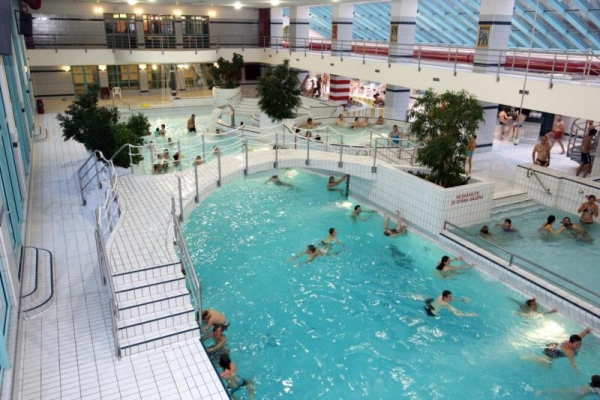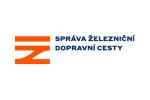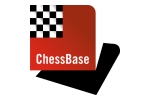
sights of Hradec Králové
Chess Train 2018
Hradec Králové
Hradec Králové (German Königgrätz) is an East Bohemian city situated at the confluence of the Elbe and Orlice with about 93,000 inhabitants. It is a regional capital, with seats of state institutions, important companies, museums, galleries, theatres and other cultural and sporting organisations. In addition, Hradec Králové is a university city since there are six faculties of three higher education institutes.
A pre-historic settlement is documented by finds from this area dating back to primeval times, the era of Ancient Rome and Slavonic fortified settlements.
The first written reference to Hradec Králové as a town can be found in the deed of Premysl Otakar I of Bohemia dated 1225, which proves it is one of the oldest towns in Bohemia.
In the early 14th century Hradec Králové became a royal dowry town and the activities of mainly Queen Elizabeth Richeza left a significant mark all around Hradec Králové. For example she initiated the construction of the Gothic Holy Spirit Church, later to be promoted to a cathedral.
The Renaissance period saw Hradec Králové influenced by the work of local and foreign craftsmen and also the creation of the second dominating feature of the town – the White Tower.
The town development continued with the arrival of Jesuits. The Baroque style is represented in Hradec Králové for example by the impressive Episcopal Residence and the Church of the Assumption of the Virgin, not forgetting the Plague Column.
During the reign of Maria Theresa and Joseph II, owing to its strategic location the town was rebuilt into a military stronghold. After the nearby Battle of Chlum on July 3, 1866 ending in defeat for the Austro-Hungarian Empire, the idea of Hradec Králové being a stronghold was abandoned.
The demolition of the city walls enabled the further development connected with building up a modern city. The greatest influence on the development of the modern Hradec Králové was exerted by the then Mayor František Ulrich. Thanks to a high-quality master plan a unique modern centre was born.
Since 1962 the historic core has been an urban conservation area surrounded by outstanding modern architecture of the first half of the 20th century.
The look of the modern city was mostly contributed to by two significant Czech architects. Prof. Jan Kotěra (1871–1923) designed several important buildings; the most impressive of these is thought to be the Museum of Eastern Bohemia, which was erected in 1909–1912. His pupil, Prof. Josef Gočár (1880–1945) continued his building activities following the modern rules of urban development control. He is known for a set of school buildings called V Lipkách and Gočár’s Staircase.
City urbanism, astonishing architectural works, the master plan concept as well as the high quality of the services offered have attracted plenty of admirers to the city from the ranks of both experts and the general public. Hradec Králové is deservedly referred to as the “Salon of the Republic”. Nevertheless, the modern city is not just the result of the creative efforts of the architects Kotěra and Gočár. One of the most admired structures is the building of the Hydroelectric Power Station with the “Hučák” bridge designed according to the plans of the architect Sander. Other interesting buildings include Novák’s Garages designed by Fňouk and Liska’s City Bath House with unique artificial waves.
A rare piece of architecture is the beautiful Greek-Catholic Church of St. Nicolas, made of timber, situated in Jirasek’s Garden, where it was moved from Malá Polana, Carpathian Ruthenia in 1935. Even today, new architectural buildings are erected in the territory of the city, such as the modern Terminal of Public Transport and the Study and Research Library.




Chess
Thanks to the famous battle of Prussia with Austria at Hradec Králové in 1866, the Czech Republic could have its first coin with a chess theme. The design of Jiří Hanuš for the commemorative silver coin to celebrate the 200th anniversary of this battle wasn´t unfortunately selected by the Board of the Czech National Bank.













